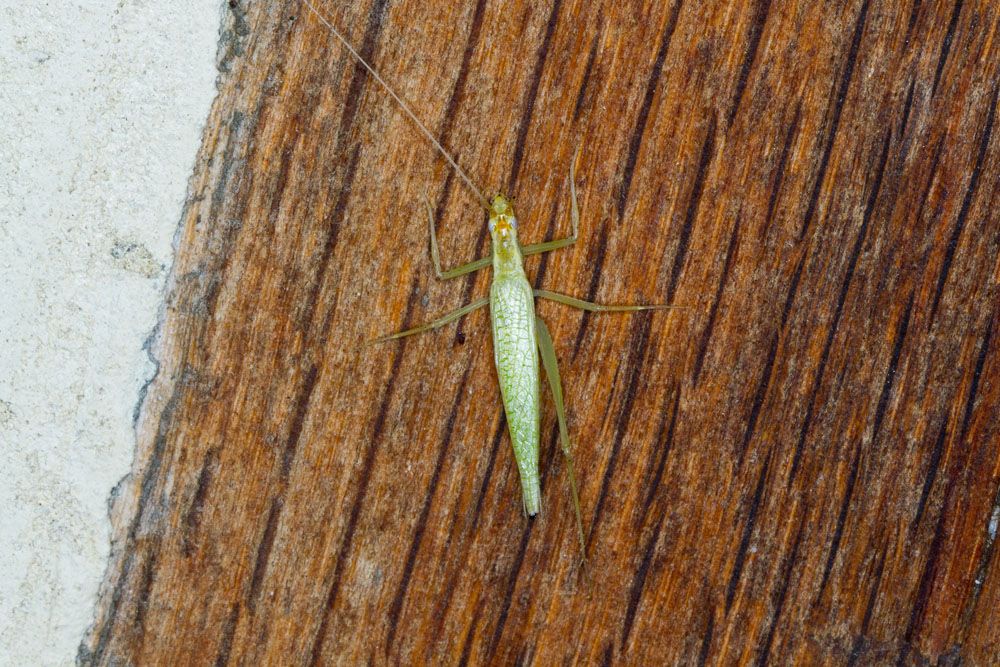
Tree Crickets – Oecanthus spp.
Tree Crickets – Oecanthus spp.
Common Name: Tree crickets
Latin Name: Oecanthus spp.
Appearance:
Tree crickets’ bodies are usually thin and long and can be any color from pale green to light brown. Long stalks, sometimes as long as or longer than their bodies, make them easy to spot. The wings of these bugs are folded and held over the body like a roof.
- Egg:An insect’s life starts as an egg containing crucial genetic information for growth.
- Larva:The larva hatches from the egg and proliferates to prepare for the next growth stage.
- Pupa:During this stage, metamorphosis changes the bug from a pup to an adult.
- Adult:This is the last step of reproduction when the bug is fully grown and can reproduce to keep the species alive.
